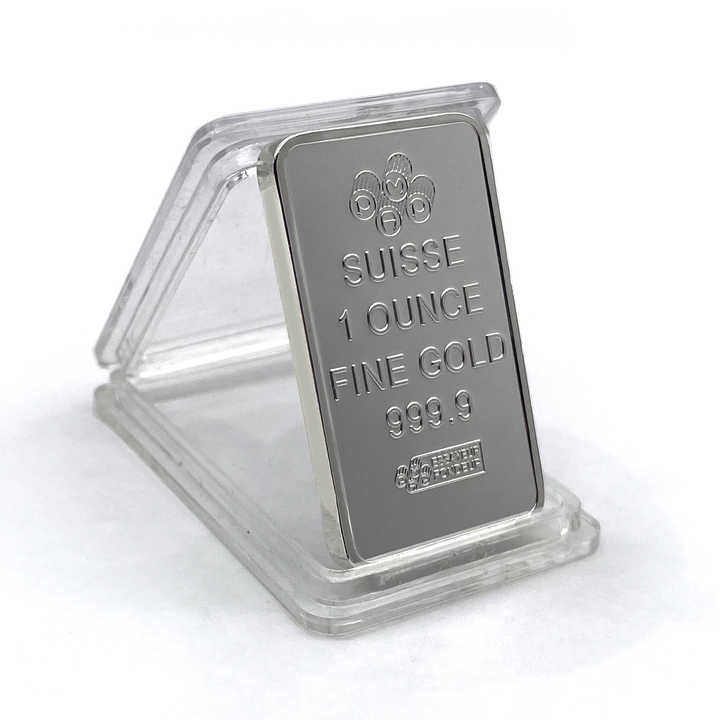is smelting silver plate profitable
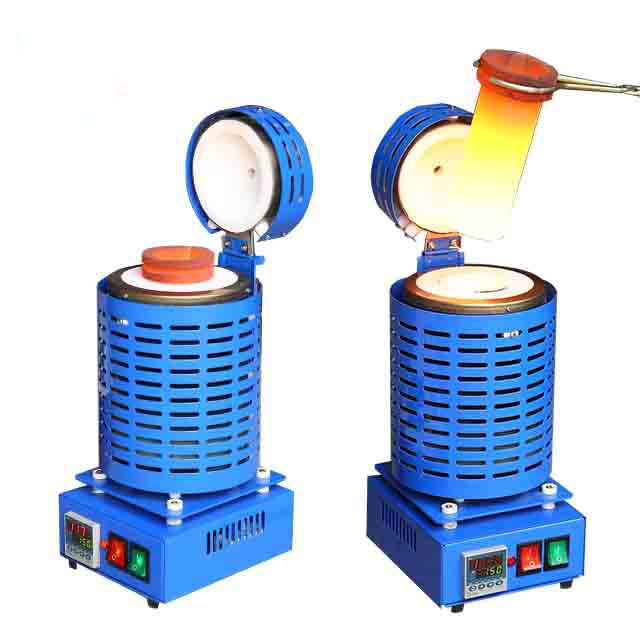
Is Smelting Silver Plate Profitable?
Smelting silver plate can be an attractive option for those looking to reclaim value from old items. With the rising prices of silver, many individuals wonder if the process is worthwhile. This article will explore the profitability of smelting silver plate, the factors that influence it, and alternative options for those interested in silver recovery.
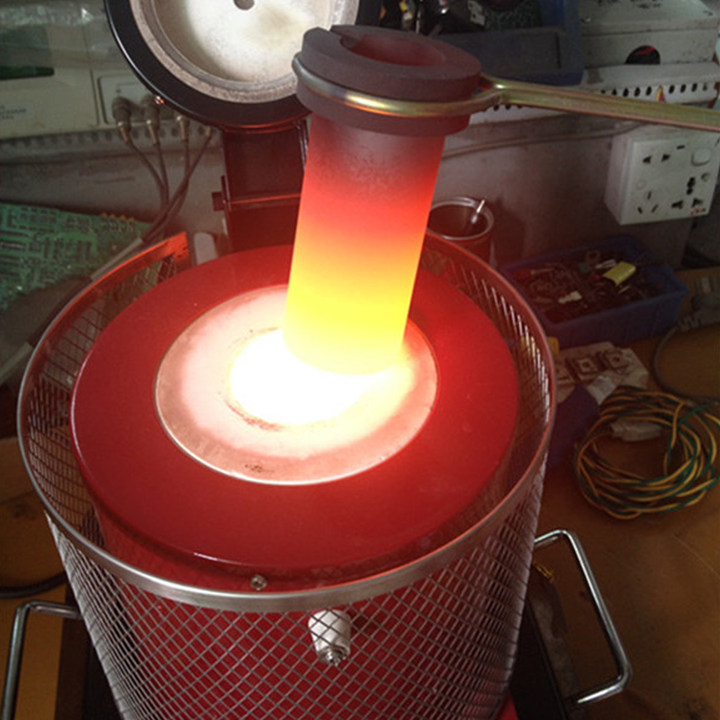
Understanding Silver Plate
Silver plate refers to items that have a thin layer of silver applied over a base metal, such as copper or brass. Common examples include silver-plated cutlery, trays, and jewelry. While these items may have an aesthetic appeal, their actual silver content is significantly lower than that of solid silver, which affects their value when it comes to smelting.
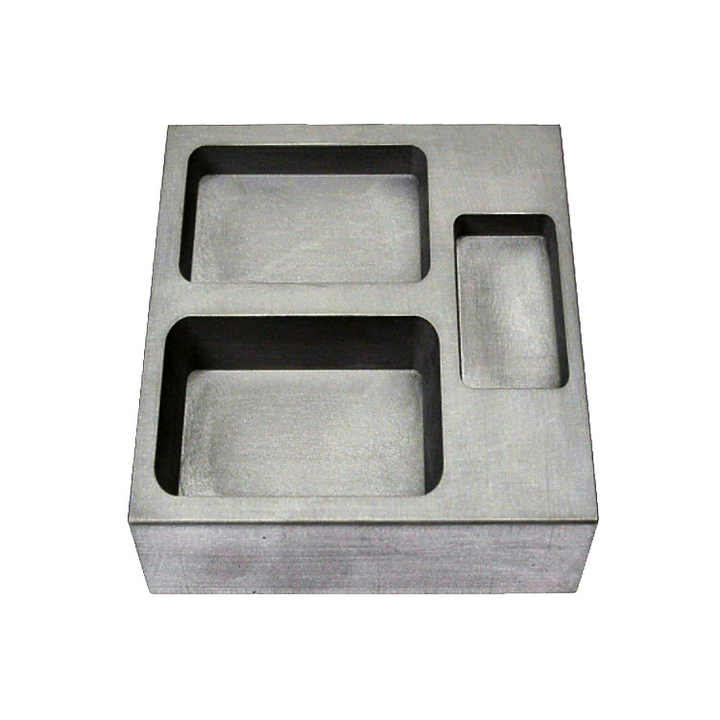
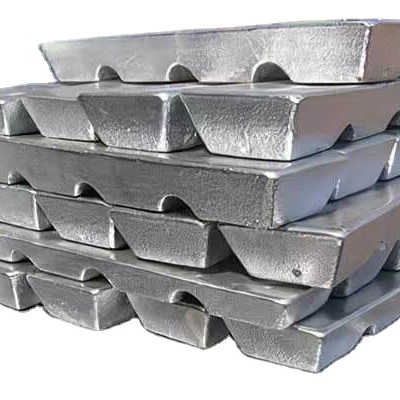
The Smelting Process
Smelting silver plate involves melting the item down to separate the silver from the base metal. The process typically includes:
- Preparation: Cleaning and sorting the silver plate is essential. Removing any non-silver materials ensures a more efficient smelting process.
- Melting: The silver plate is melted in a crucible, often with the addition of flux to aid in the separation of impurities.
- Separation: Once melted, the silver can be poured into molds to solidify, allowing for easier handling and selling.
Profitability Factors
Silver Content
One of the primary factors influencing profitability is the silver content of the plate. Silver-plated items usually contain only a small fraction of silver, often less than 10%. Therefore, the return on investment can be limited compared to smelting solid silver.
Market Prices
The current market price of silver significantly impacts profitability. When silver prices are high, even small amounts of silver can yield a reasonable return. Keeping an eye on market trends can help individuals decide the best time to smelt their silver plate.
Refining Costs
The costs associated with the smelting process, including equipment, fuel, and labor, can affect overall profitability. For individuals smelting small quantities, these costs might outweigh the potential gains, making it less profitable. In contrast, larger operations with efficient processes may find it more economically viable.
Alternative Options
For those who find smelting silver plate to be unprofitable, there are alternative options:
- Selling As Is: Many collectors and buyers value silver-plated items for their artistic or historical significance. Selling them without smelting might yield better returns.
- Recycling: Some recycling centers will pay for silver-plated items based on their weight. While the payout may be lower than smelting, it saves time and effort.
- Local Refiners: Partnering with local silver refiners can be beneficial. They often have the tools and expertise to maximize returns on smaller quantities of silver plate, possibly making the process more profitable.
Smelting silver plate can be profitable, but several factors influence the potential return. The low silver content in plated items, fluctuating market prices, and associated costs may limit profitability for individuals. However, by exploring alternative options and understanding the market, one can make informed decisions about how best to reclaim value from silver plate items. Whether through smelting or selling, there are opportunities to profit from these decorative pieces while also contributing to sustainable practices.










